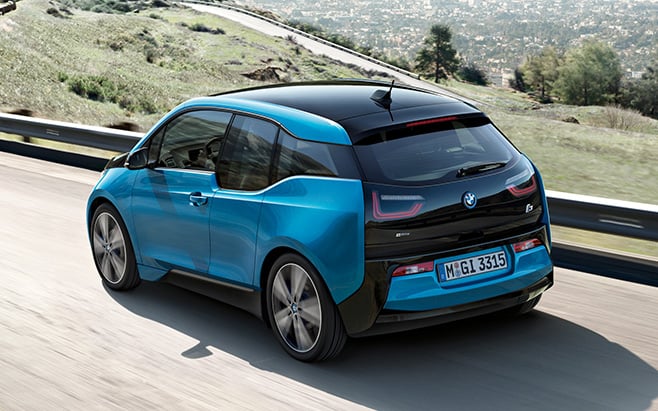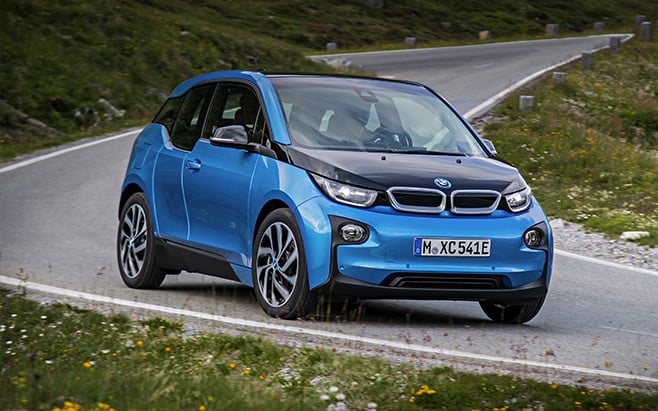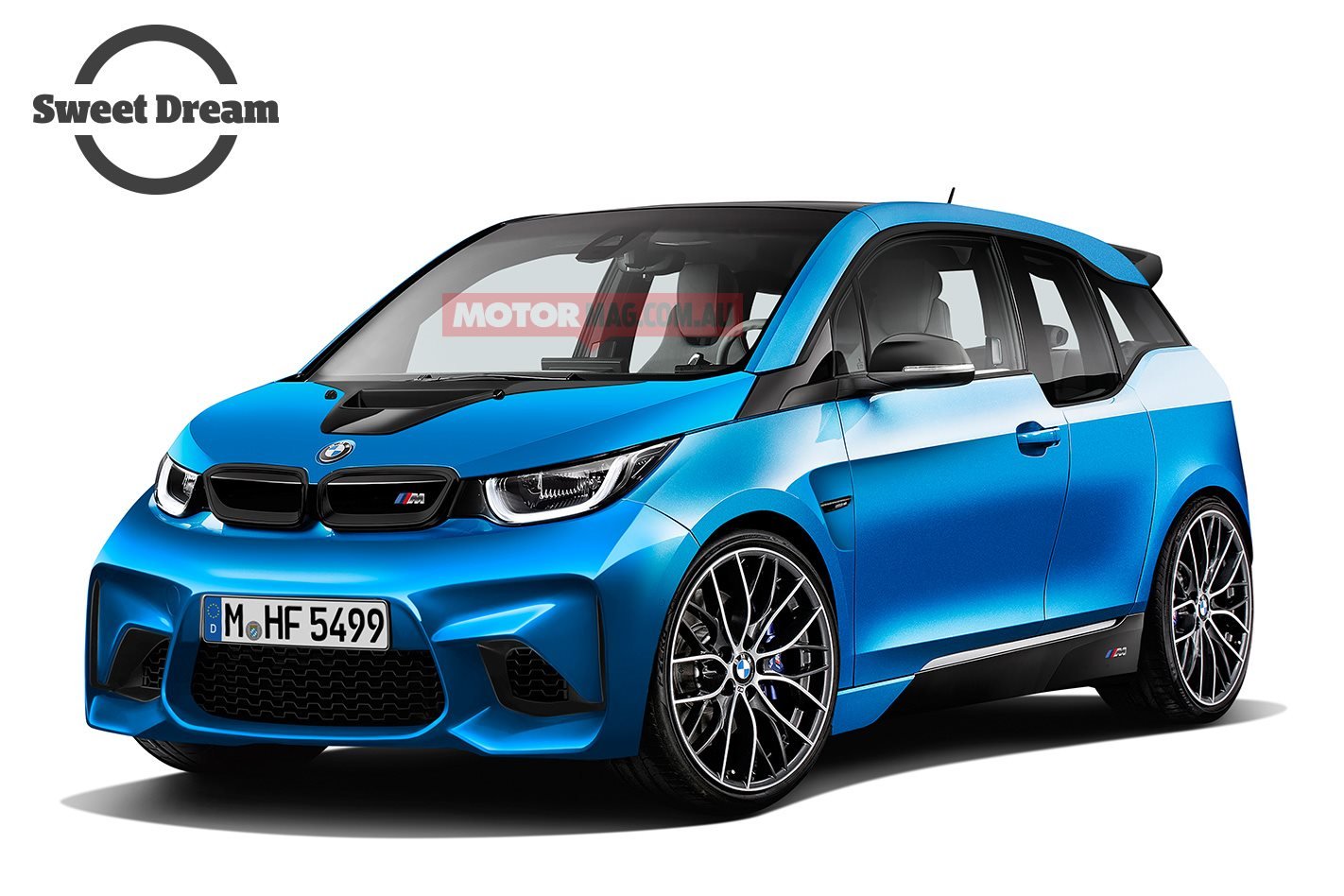BMW’s i division has got off to a bit of a slow start.
The investment in launching this eco-friendly sub-brand was huge, but despite critical acclaim – we’re big fans of the BMW i8 supercar and the i3 won sister mag Wheels’ Car of the Year – punters haven’t been so enthusiastic.
BMW Australia CEO Marc Werner recently demanded the Australian government do more to encourage electric car ownership, but Tesla has shown there are plenty of electric-car fans out there, you just need to engage with them. And the best way to do that? Performance.
BMW i3 drifted by Rauno Aaltonen
BMW has been keen to keep its i and M divisions separate, but why can’t the two work hand-in-hand? After all, BMW announced last year that it would be working closely with the Andretti Formula E team.

The opportunity exists for BMW to truly marry its ‘efficient dynamics’ and ‘ultimate driving machine’ and create the world’s first all-electric hot hatchback.
Here’s how we’d do it
1. AA-GRADE BATTERIES The current i3’s 125kW/250Nm from its synchronous electric motor really isn’t going to cut it here. But what if we used two of them? Yep, in a similar move to Tesla’s dual-motor Model S, adding another motor to the i3 instantly turns it into a 250kW/500Nm all-wheel drive weapon. Now that’s interesting.
2. ON A CHARGE The beauty of instantly available electric torque is apparent in benchmark acceleration times and the i3 M is nipping at the heels of its German hot hatch rivals with a 4.4sec 0-100km/h sprint, though top speed is limited to 200km/h. Range is a claimed 350km, or much less if you use the performance.

4. GET A GRIP The standard i3’s bicycle-like wheels and tyres aren’t going to cut it for a electric M, so new 20-inch lightweight wheels fill the guards wearing Pirelli P Zeros measuring 205/30 ZR20 front and 225/30 ZR20 rear. Brakes are uprated front and rear, but big stoppers aren’t needed thanks to powerful regenerative braking.
5. STICKER SHOCK The i3 M’s biggest hurdle is its price. Cutting-edge technology doesn’t come cheap, and at $89,990 BMW’s battery-powered baby is costlier than hot hatch rivals from Audi Sport and Mercedes-AMG. Still, that means it shares the honour of BMW’s cheapest M car with the M2 Pure.






